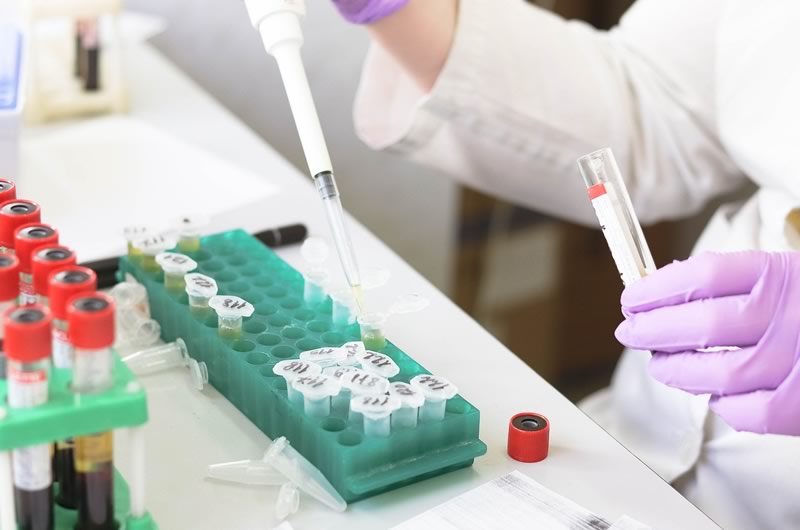The Centre for Advanced Photonics and Process Analysis (CAPPA) is delighted to announce that it has received €150,000 worth of funding in the European Research Council (ERC) Proof of Concept call. Dr William Whelan Curtin (Liam O’ Faolain), who is the Nanophotonics group leader at CAPPA, received the funding to make more accurate and low cost optical sensors within the HERCULES (Heterodyne Refractive index sensor Using photonic crystal Lasers) project.
Monitoring a substance’s refractive index (RI) is a powerful and fast method of optical sensing; hence, refractometers are used in a wide variety of industries. Refractometers are widely used in manufacturing during process and quality control and there is a growing demand for refractometers in healthcare. Other uses include sensing water and air quality. The global refractometer market is projected to be worth €378 million in 2019, and typical unit prices are in the €6,300 to €12,600 range. Leveraging the investments made by the telecommunications and data communications industries in integrated photonics, the HERCULES project will demonstrate a process to create low cost RI sensors. The project also aims to improve RI detection limits by three orders of magnitude relative to the current state of the art.
This will be achieved by implementing an on – chip optical heterodyne measurement, using a new semiconductor laser developed during the ERC starting Grant project, DANCER. The proof of concept – funded project will create a gas sensor chip capable of detecting methane at sub 10 – ppm levels in real – time; and / or a water quality sensor that can detect pesticides in water at sub ppm levels.
The Nanophotonics group at CAPPA uses nanoscale devices (smaller than a hairs’ width) to control and manipulate light. By nanostructuring high refractive index silicon based materials, light can be confined in volumes on the order of a cubic wavelength. A particular goal of the group is the demonstration of low power consumption optical interconnects based on low capacitance photonic crystal cavities that are compatible with the fabrication processes of the electronics industry. The group’s main research goal is the realization of a new family of low power optical interconnects using nanophotonics.
If you would like to learn more about the ERC funding, go here and about the different projects CAPPA is working on currently go here.



